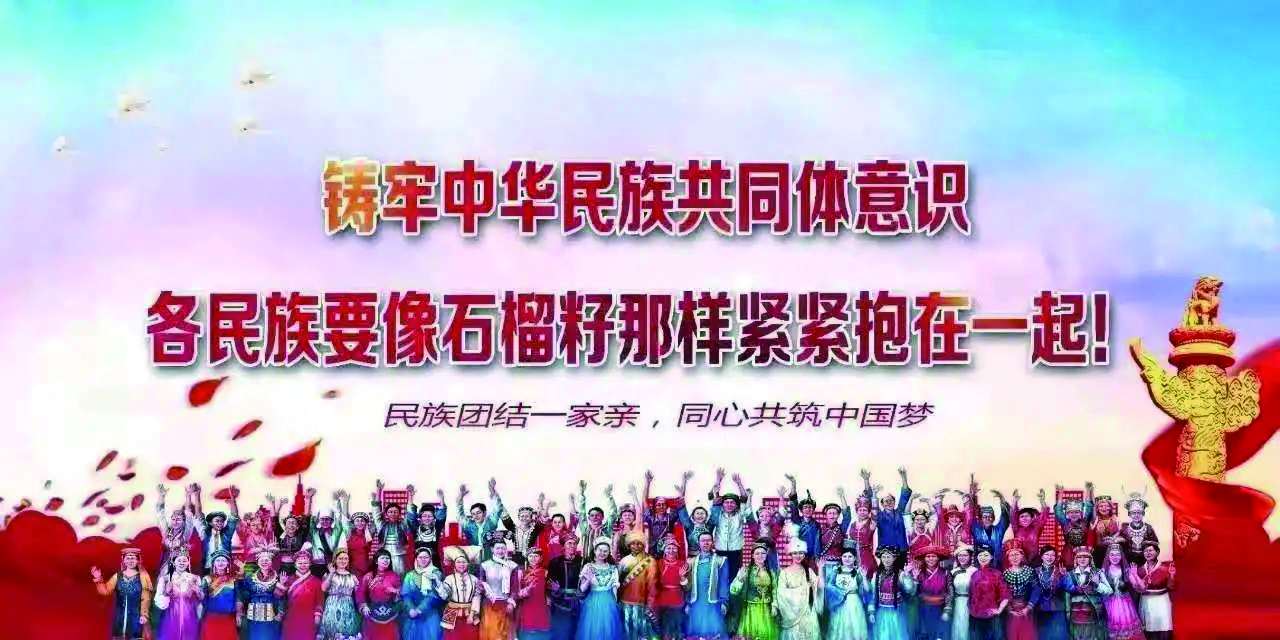
Chinese Ethnic Groups Seen Through Archaeological Record
Emergence of the concept of ethnic Chinese
The term of ‘Ethnic Chinese group’ seems quite familiar but strange to us. The country name ‘China’ as we know it, is an abbreviation of the People’s Republic of China’. The term ‘Chinese nation’ appears from the official title of China. What does the ‘Chinese nation’ mean?
‘Chinese nation’ is a combined word of ‘China’ and ‘Huaxia’. According to the ancient literature, ‘China’ refers to Jungwon region and it has a geological meaning of being the center of the world. It also means a superior being in area of politics and culture compared to the barbarians nearby. ‘Huaxia’ means ‘Huaxia clan’ that collectively calls multiple ethnic groups following ‘Hua’, the first kingdom of China, emerged after the era of five dynasties in Chinese ancient history. Later, the Huaxia race is replaced with the ‘the Hanrace.’ Thus, it can be said that ‘Chinese nation’ means the superior ‘Han race’ standing in the center of the world.
However, the concept of ‘Chinese nation’ centering on the Han race began to change with the collapse of its order centering on China at the end of the Qing dynasty. The order of Sinocentrism was shaken from the Opium War (1840-1842) and collapsed along with the defeat in the Chino-Japanese War. This gave China the need to find new identity and perspective as a nation to go through the hard times.
In 1902, Liang Qichao borrowed the concept of ethnicity from the West and presented a vision of ‘Chinese nation (Zhonghuaminzu)’ as a ‘collective body of ethnic groups’ to encompass multiple ethnic groups including the Han race. The Republic of China was founded in 1912 after the collapse of the Qing dynasty due to the Xinhai Revolution in 1911. Sun Wen, the Provisional President of the Republic of China, argued the Five Races Under One Union which says, “The Republic of China encompasses the five ethnic groups including the Han, the Manchu, the Mongol, the Hui, and the Tibetan and it was founded jointly by the heads of the 5 clans.” As the Sino-Japanese War broke out (1937-1945), a call for heightened unity to fight against the foreign force was required again. In 1939, Gu Jegang, a Chinese historian, said that it was meaningless to classify different ethnic groups by race and culture from the perspectives of Chinese who constitute a country called China and that they should be called as Zhonghuaminzu.
Namely, Zhonghuaminzu only had a symbolic meaning or used to call a collective body of ‘Han race + minority groups’ or it was another name of Chinese regardless of ethnicity.
Bae Hyun-jun, research fellow at NAHF Korea-China Relations History Research Institute